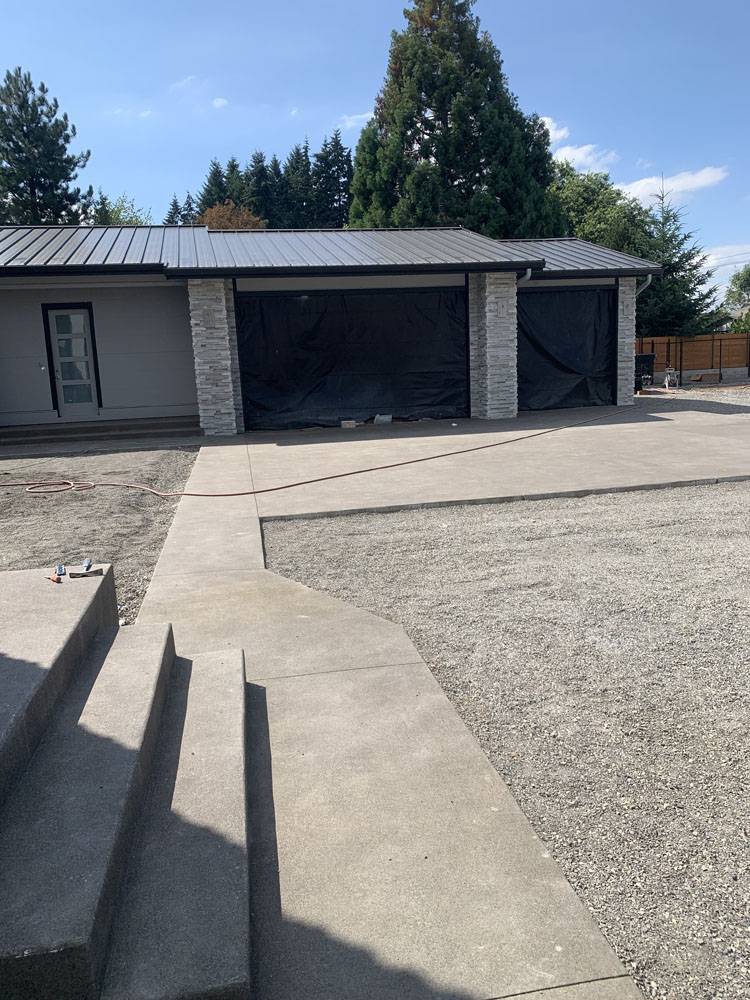Introduction
As the days grow shorter and cooler, there's nothing quite like curling up next to a warm fire on a chilly evening. However, to truly enjoy those cozy nights in, it's crucial to ensure your masonry chimney is in tip-top shape. A well-maintained chimney not only enhances your fireplace experience but also ensures safety for you and your loved ones. In this extensive guide, we'll delve into the various aspects of masonry chimney repair, maintenance, and troubleshooting. So grab a cup of cocoa and let’s get started!
Masonry Chimney Repair: The Necessity of Regular Maintenance
What Is a Masonry Chimney?
A masonry chimney is constructed from brick, stone, or concrete blocks. Unlike prefabricated chimneys made from metal, masonry chimneys stand as robust structures that have been used for centuries to ventilate smoke from fireplaces and wood stoves. While they offer aesthetic appeal and durability, they require regular maintenance to function efficiently.
Why Is Masonry Chimney Repair Important?
The importance of regular masonry chimney repair cannot be overstated. Over time, exposure to the elements can lead to wear and tear, including:
- Cracks in the mortar Erosion of bricks Blockages due to creosote buildup
Ignoring these signs can lead not just to inefficient heating but also serious safety hazards such as house fires or carbon monoxide poisoning.
Signs Your Masonry Chimney Needs Repair
How do you know if your chimney requires attention? Here are some telltale signs:

If you notice any of these issues, it’s time to dig deeper into your chimney's condition.
Prepare for Cozy Nights In by Addressing Your Masonry Chimney Issues
Understanding Common Masonry Chimney Issues
Structural Damage
Structural damage may stem from poor initial construction or environmental factors like heavy winds or earthquakes. Always consult with professionals for an assessment if you suspect severe structural issues.
Flue Blockage
Blockages can be caused by debris like leaves or animal nests. A blocked flue can make it impossible for smoke to vent properly, leading to dangerous backdraft situations.
Moisture Intrusion
Moisture can erode masonry over time leading to spalling (where bricks start chipping away). Installing proper flashing and caps can help prevent moisture intrusion.
Preventative Measures for Masonry Chimneys
Regular Inspections
One effective way to avoid costly repairs down the line is through regular inspections—preferably once a year before winter sets in.
DIY Inspection Tips
- Look at the exterior structure for visible cracks. Check inside the fireplace for soot buildup or strange odors. Ensure chimney caps are intact and free from debris.
Annual Cleanings
Cleaning your chimney annually is critical for preventing creosote buildup—a leading cause of chimney fires.
Tools for Cleaning
You might want to invest in:
- A stiff-bristled brush A vacuum designed for ash A flashlight for better visibility
The Cost of Ignoring Repairs
Financial Implications
Neglecting masonry chimney repair doesn’t just jeopardize safety; it can significantly deplete your finances too! Here's what could happen:
Increased heating bills due to inefficiency. Potential costs associated with fire damage repair. Decreased property value due to neglected maintenance.Hiring Professionals vs DIY Repairs
When To Call The Experts?
While minor repairs might be manageable on your own, significant structural issues are best left in professional hands.
Questions To Ask Potential Contractors
When hiring a contractor for masonry chimney repair, ask questions such as:
- Are you licensed and insured? How many years have you been in business? Can you provide references from previous clients?
Preparing Your Home For Winter
Stock Up On Firewood
Make sure you have dry firewood ready before winter begins! Seasoned wood burns cleaner than fresh wood and minimizes creosote buildup.
Safety Equipment Checklist
Ensure you have essential safety items on hand:
- Smoke detectors Carbon monoxide detectors Fire extinguishers placed strategically around your home
Common Myths About Masonry Chimneys
Myth #1: All Chimneys Are The Same
This couldn’t be further from the truth! Each type has its pros and cons based on material and design principles.
Myth #2: You Only Need To Clean After Fires
Regular cleanings should occur regardless of how often you've used your fireplace!
Frequently Asked Questions (FAQs)
1. How often should I inspect my masonry chimney?
It's recommended chimney repair costs that you inspect it at least once a year—preferably before winter use begins.
2. What is creosote?
Creosote is a black tar-like substance formed when wood burns incompletely; it's highly flammable!
3. Can I clean my own chimney?
Yes! With proper tools and precautions, minor cleaning can be done yourself but consider hiring professionals for thorough cleaning annually.
4. What happens if I ignore my chimney issues?
Ignoring problems can lead to more severe structural damage resulting in costly repairs or even hazardous situations like house fires!
5. How do I find reputable contractors?
Check online reviews, ask friends/family for recommendations, or consult local trade organizations!
6. Are there any preventative measures I can take?
Absolutely! Regular inspections, cleanings, and installing caps/flashings are effective ways to prevent major repairs down the line.
Conclusion
Preparing for cozy nights in means addressing every aspect of your home environment—including ensuring that your masonry chimney is safe and sound. By understanding potential issues early on through inspections and planned maintenance routines like cleanings or professional assessments when needed—all contribute towards creating an inviting atmosphere where warmth radiates both physically (from flames) & emotionally (from family gatherings). Don’t wait until it’s too late; take action today so that when winter arrives—the only thing you'll need worry about…is how many marshmallows fit on one stick!